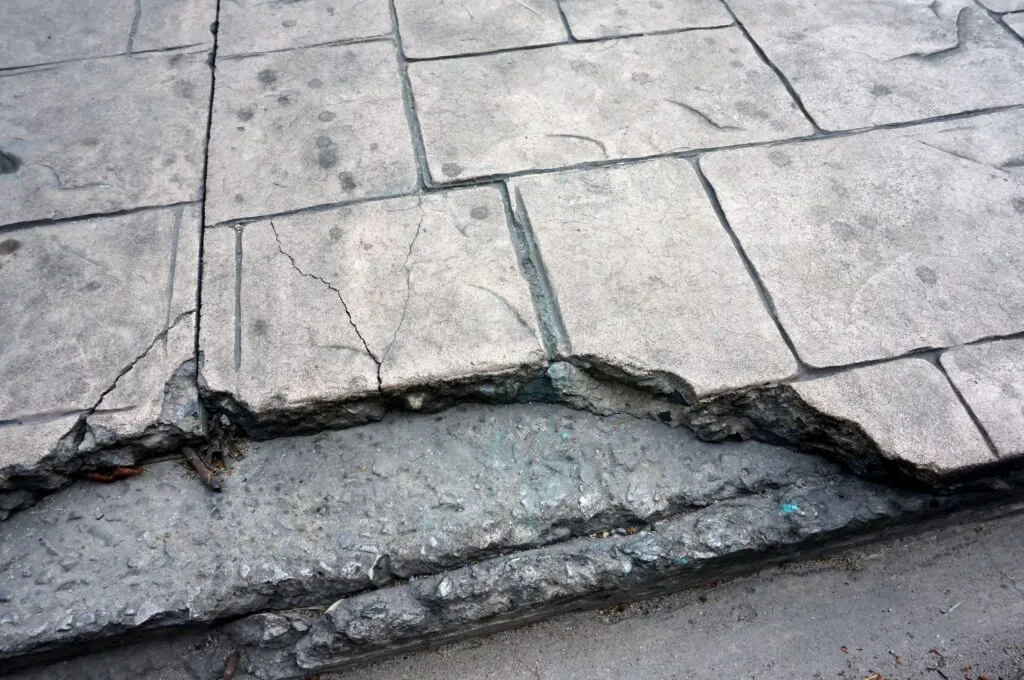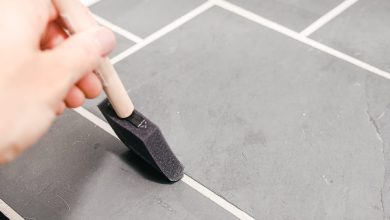10 Common Mistakes to Avoid When Installing Stamped Concrete

Stamped concrete is a beautiful and durable option for enhancing patios, driveways, and walkways. Its ability to mimic natural stone, wood, or brick at a fraction of the cost makes it a popular choice. However, achieving professional results with stamped concrete requires precision and expertise. Mistakes during installation can lead to costly repairs or unattractive finishes. Here are ten common mistakes to avoid when installing stamped concrete:
1. Poor Site Preparation
Skipping proper site preparation is a recipe for disaster. The ground must be compacted and leveled to prevent cracks or sinking over time. Neglecting this step can result in an unstable base that compromises the concrete’s integrity.
2. Inadequate Formwork
Formwork ensures the concrete is poured into the desired shape. Using weak or incorrectly placed forms can lead to uneven edges or concrete spills. Always double-check the stability and alignment of the formwork before pouring.
3. Using the Wrong Concrete Mix
Not all concrete mixes are suitable for stamping. A mix that is too dry won’t achieve the desired texture, while one that is too wet can result in uneven stamping and cracking. Follow the recommended mix ratios and consult experts if unsure.
4. Timing Issues with Stamping
Timing is critical when stamping concrete. If you start too soon, the concrete will be too soft, and the stamp may sink too deeply. If you wait too long, the surface hardens, making it difficult to imprint the desired pattern. Monitor the concrete’s setting process closely.
5. Neglecting Release Agents
Release agents prevent stamping tools from sticking to the concrete. Forgetting to apply them or using too little can ruin the stamped pattern. On the flip side, overusing release agents can leave unsightly blotches and affect the color.
6. Inconsistent Pattern Alignment
Misaligned patterns are a noticeable and irreversible mistake. Ensure the stamps are placed evenly and in the correct orientation to achieve a seamless and professional look. Take your time and double-check alignment as you work.
7. Ignoring Expansion Joints
Expansion joints are crucial for preventing cracks caused by temperature changes and shifting soil. Skipping this step can lead to unsightly cracks and reduce the lifespan of the concrete. Plan and position expansion joints carefully during installation.
8. Overlooking Sealing
Sealing stamped concrete protects it from weather, stains, and wear. Failing to seal or using the wrong sealant can result in faded colors, surface damage, and premature aging. Always apply a high-quality sealer once the concrete has cured.
9. Underestimating Weather Conditions
Installing stamped concrete in extreme weather can lead to problems. High heat causes rapid drying, while cold or wet conditions can delay curing. Choose a day with moderate temperatures and dry conditions for the best results.
10. Lack of Experience
Stamped concrete installation is not a beginner-friendly DIY project. Without proper training or experience, you risk making costly errors. Hiring a professional ensures a flawless installation and saves time and money in the long run.
Final Thoughts
Avoiding these common mistakes is crucial to achieving a stunning and durable stamped concrete surface. Proper planning, preparation, and execution are key. Whether you’re tackling the project yourself or hiring a contractor, understanding these pitfalls can help you make informed decisions and enjoy the full benefits of stamped concrete.





